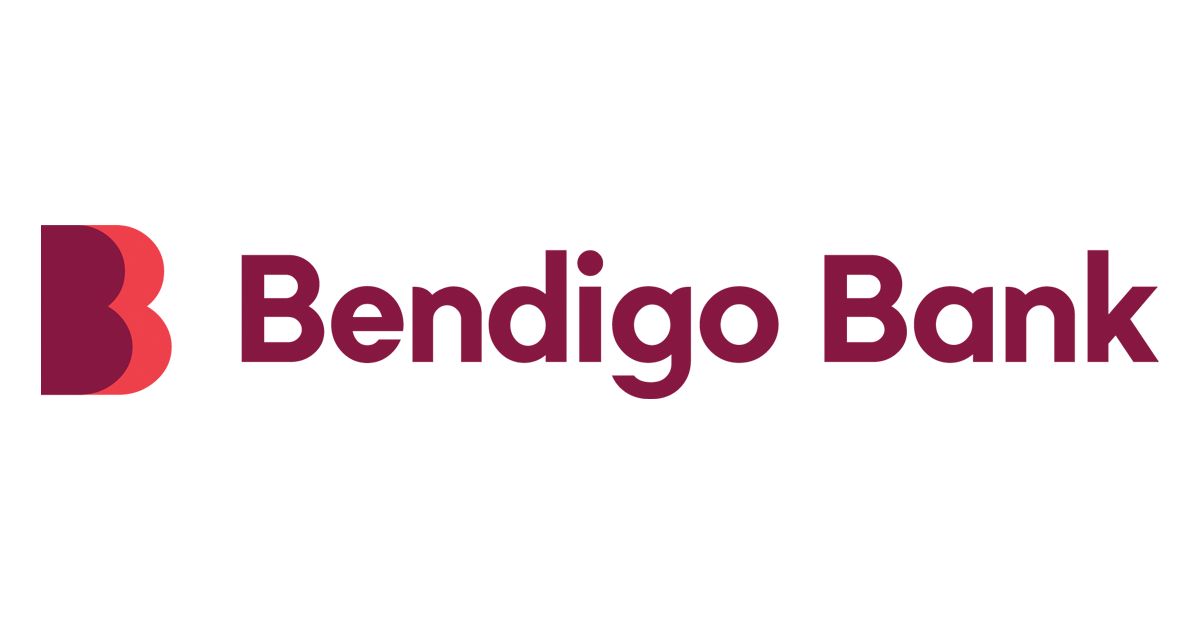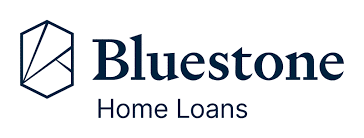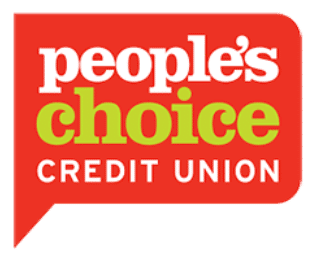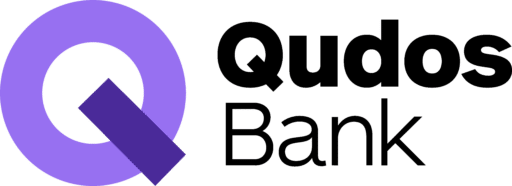How can I get an Indigenous home loan in Australia?
Indigenous Business Australia (IBA) offers home loans specifically for Aboriginal and Torres Strait Islander peoples around the country who are looking to purchase a home. The IBA approved $226 million in home loans for First Nations families, according to its annual report for the 2023/24 financial year. 88% of these loans were approved for first-time buyers.
IBA offers home loan products for a range of purposes, including:
- To buy an established residential property
- To buy land and construct residential property
- To buy residential land
- To refinance your current home loan from another lender when experiencing financial stress
- To fund improvements around your home
- To buy out another party’s equity in your home following a breakup (known as property settlement)
According to the latest figures from the 2021 Census, 42% of First Nations households were owned by them, with just 14% owned without a mortgage. This is much lower than the overall Australian ownership figure of 67% with or without a mortgage. The IBA and its Indigenous Home Ownership Program (IHOP) aim to keep this number steadily rising.
You can also apply for an Aboriginal Home Loan through Keystart if you live in WA, while there are also equity share programs in several states and territories that may make it easier for you to buy your home (which we’ll talk about in a bit).
Alternatively, you can simply apply for a standard home loan! While most lenders don't have a specific product for Aboriginal and Torres Strait Islander applicants, you'll still be able to consider their standard loan deals. You can apply through Savvy and we can help you do just that!
How much will I have to pay as a deposit and what will my interest rate be?
Here are the deposit requirements and interest rates for standard IBA home loans:
| Total gross income | Minimum deposit amount | Starting interest rate | Incremental rate | Starting rate period |
|---|---|---|---|---|
| Up to $83,487 | $1,500 | 2.54% p.a. | 0.25% p.a. | 24 months |
| $83,488 – $137,508 | $3,000 | 3.54% p.a. | 0.25% p.a. | 12 months |
| $137,509 – $162,063 | 3% of purchase price | 4.54% p.a. | 0.25% p.a. | 12 months |
| $162,064 – $245,550 | 5% of purchase price | 6.49% p.a. | N/A | N/A |
Source: Indigenous Business Australia (correct as of 19 December 2024).
For lower income-earners, rates can start from as little as 2.54% p.a. (as of December 2024). However, once the starting rate period is complete, your rate will increase by the incremental rate (0.25% p.a.) each year until it reaches the IBA home loan rate. At the time of writing, this rate is 6.49% p.a.
There are different deposit requirements for other types of IBA home loans, including:
- Residential land purchase: whichever is lower out of 5% of the purchase price or $10,000
- Home improvement and property settlement: at least 5% equity in your current home (no cash required)
- Refinance: at least 10% equity in your current home (no cash required)
However, if you choose to go with a standard lender, your rates and deposit requirements will be subject to your lender's criteria, terms and conditions.
What are the eligibility criteria for Indigenous home loans?
In general, the home loan eligibility criteria you’ll need to meet won’t be too much different from the standard requirements for a non-Indigenous homebuyer. This means that they can vary between lenders, but will generally be the following:
- You must be at least 18 years of age
- You must meet your lender’s minimum deposit requirements
- You must be employed in a stable job and meet your lender’s minimum income requirements
- You must meet your lender’s minimum credit requirements
- You must be earning enough to support your loan’s repayments
- You must be able to provide evidence of your identity (driver’s licence, passport, birth certificate) and income (payslips, bank statements, tax returns for self-employed applicants)
- You must buy a house that meets your lender’s requirements
However, as an Indigenous applicant, you may need to provide further information if you’re applying for an IBA home loan or another state or territory-based initiative, such as having your Aboriginal or Torres Strait Islander heritage verified. In terms of IBA loans, you can still apply if only one of you or your partner is of Indigenous descent.
What assistance is available to Indigenous home buyers?
Government assistance programs for Aboriginal and Torres Strait Islander home buyers are available across Australia. These programs are designed to help as many applicants as possible qualify for a home loan.
The following table shows which states and territories offer dedicated programs and assistance to Indigenous homebuyers:
New South Wales
- Deadly Deposit Grant: matches your deposit dollar-for-dollar up to $10,000 (through Aboriginal Housing Office)
- Tenancy Plus Grant: matches the deposit for eligible long-term AHO tenants up to $10,000 (through AHO)
- Home Buyer Booster Grant: helps cover administrative and legal costs related to owning a home up to $2,500 (through AHO)
Northern Territory
- Home Ownership Subleases: allows an Executive Director of Township Leasing to grant long-term leases to those looking to buy or build property within the community (through Office of Township Leasing)
Queensland
- Remote Home Ownership Program: designed to help Aboriginal and Torres Strait Islander peoples who are living on Indigenous land access pathways to home ownership (through Department of Housing and Public Works)
- Home ownership leases: provide Aboriginal and Torres Strait Islander peoples the opportunity to lease and purchase property on Indigenous communal lands (through Queensland Government)
Victoria
- Victorian Homebuyer Fund: eligible Aboriginal and Torres Strait Islander homebuyers living in Victoria can apply for a contribution of up to 35% of your home’s purchase price and only pay a minimum deposit of 3.5% of the cost (through State Revenue Office)
Western Australia
- Aboriginal Home Loan: available to eligible Aboriginal and Torres Strait Islander homebuyers, offering both full and equity share ownership options with as little as a 2% deposit (through Keystart)
As of 21 January 2025, the ACT, South Australia and Tasmania do not offer state-specific homebuying support programs for Aboriginal and Torres Strait Islander peoples.
What is the Remote Indigenous Housing Loans scheme?
This is another program run by the IBA. As the name suggests, it’s designed for eligible Indigenous applicants living in more remote parts of Australia. This scheme provides additional benefits to homebuyers, including:
- Low minimum deposit (as little as $1,500, depending on your income)
- Longer introductory rate period
- Up to $13,000 grant to cover establishment costs (such as financial advice, initial home insurance cover and property valuation)
- Up to $20,000 grant to cover repairs, renovations and home maintenance (subject to eligibility)
The remote locations that can qualify under the scheme include properties that are:
- On land with a communal title
- On land with mixed tenure arrangements
- On land with partial community title ownership, but not Commonwealth land
- In any communities classed as Remote or Very Remote under the ABS’ ARIA+ system
- In Barradine, Coonamble, Lake Cargelligo and Narrabri
The benefits of Indigenous homebuying assistance
-
Decrease your deposit
In most cases, you won’t have to pay as much upfront and can avoid LMI in the process, which could potentially save thousands, if not tens of thousands, of dollars.
-
Receive non-repayable government funds
In the case of government grants, you can receive money from the government that you don’t have to pay back.
-
Can be used for more than just home purchases
Several programs, including IBA loans, can be used for things like mortgage-related expenses, renovations and even property settlements.
-
Helps make your home ownership dream a reality
Ultimately, it’s as simple as that. If you aren’t able to qualify with a mainstream lender, these programs may be able to help you out.
What other homebuying assistance is available in Australia?
Beyond the Aboriginal and Torres Strait Islander-specific initiatives, there are plenty of assistance options in each state and territory available to everyone. Here’s a rundown of some of the most important ones around the country:
National
- First Home Guarantee (FHBG): allows eligible applicants to pay as little as 5% deposit on their home purchase without having to pay Lender’s Mortgage Insurance (LMI) (through Housing Australia)
- Regional First Buyer Home Guarantee (RFHBG): allows eligible applicants to pay as little as 5% deposit on their regional home purchase without having to pay LMI (through Housing Australia)
- Family Home Guarantee (FHG): allows eligible single parents or legal guardians to pay as little as 2% deposit on their home purchase without having to pay LMI (through Housing Australia)
- First Home Super Saver (FHSS) scheme: allows you to make voluntary super contributions towards your home purchase and withdraw them at a lower tax rate than your standard income tax (through ATO)
Australian Capital Territory
- Home buyer concession scheme (HBCS): eligible applicants can apply for a reduction in conveyance duty costs of up to 100% (through Revenue ACT)
- Deferred conveyance duty: for properties over $1 million, duty is deferrable where it costs at least $1,000 (through Revenue ACT)
- Pensioner duty concession scheme (PDCS): eligible pensioners can apply for a reduction in conveyance duty costs of up to 100% (through Revenue ACT)
New South Wales
- First Home Owner (New Homes) Grant: available for eligible first-time buyers up to $10,000 (through Revenue NSW)
- First Home Buyers Assistance Scheme: partial or full exemption from stamp duty for eligible applicants (through Revenue NSW)
- Transfer duty exemption for AHO and DCJ tenants: by law, those in social housing in NSW are exempt from transfer duty when buying a property that will become their main place of residence
Northern Territory
- HomeGrown Territory Grant: offers up to $50,000 for eligible first-time buyers buying or building a new home or up to $10,000 for an existing home (through NT Revenue)
- FreshStart New Home Grant: offers up to $30,000 for eligible non-first-time buyers buying or building a new home (through NT Revenue)
Queensland
- First Home Owner Grant: available for eligible first-time buyers up to $30,000 (through Queensland Revenue Office)
- Queensland Housing Finance Loan: available for eligible Queenslanders who can’t access a home loan through their bank, with a minimum deposit of 2% (through Queensland Government)
- Queensland State Housing Loan: available for eligible Queenslanders who wish to buy their current government-owned property, with a minimum deposit of $2,000 (through Queensland Government)
South Australia
- First Home Owner Grant (FHOG): available for eligible first-time buyers up to $15,000 (through RevenueSA)
- HomeStart Home Loans: available for eligible buyers, allowing you to buy a home with a smaller deposit or lower income than a standard mortgage, as well as offering options for graduates, shared equity and partial deposit cover (through HomeStart)
- Stamp duty concession: eligible first-time buyers can apply for a partial or full stamp duty exemption on new builds (through RevenueSA)
Tasmania
- First Home Owner Grant (FHOG): available for eligible first-time buyers up to $10,000 (through State Revenue Office)
- MyHome shared equity program: available for eligible Tasmanians who are looking to reduce their loan amount or deposit, with up to $300,000 or 40% of the price able to be lent to you (through Homes Tasmania)
- Duty relief on existing homes: eligible first-time buyers can apply for a 100% duty exemption on existing homes up to $750,000 (through State Revenue Office)
Victoria
- First Home Owner Grant (FHOG): available for eligible first-time buyers up to $10,000 (through State Revenue Office)
- Duty relief: eligible first-time buyers can apply for a duty exemption on homes up to $600,000 or concession on homes up to $750,000 (through State Revenue Office)
Western Australia
- First Home Owner Grant (FHOG): available for eligible first-time buyers up to $10,000 (through Department of Finance)
- Home Buyers Assistance Account: available for eligible first-time buyers up to $2,000 to cover home purchase-related expenses like mortgage registration fees, conveyancing costs and valuation fees (through WA Government)
- Duty relief: eligible first-time buyers can apply for duty relief of up to 100% on homes up to $600,000 (through WA Government)
What should I do before applying for my home loan?
Taking out a home loan is a big financial commitment, so there’s plenty to think about before you apply. Here are some handy tips for what to do:
- Make sure you can comfortably afford your repayments: you can do this by drawing up a monthly budget of your income and expenses. Our borrowing power calculator can also help you work out what you can and can’t afford.
- Compare your home loan options: even if you come across a home loan you like straight away, it’s worth taking the time to compare the products available to you so you can choose the best one with confidence.
- Gather all your documents: all lenders will ask for documentation on your identity and finances, so you can prepare all of this in advance to prevent potential delays down the line.
Where should I go if I need financial advice?
There are plenty of free resources available to Indigenous Australians who want some financial advice. These include:
- Mob Strong Debt Help is a free legal and financial counselling service for Aboriginal and Torres Strait Islander peoples. You can discuss negotiating with lenders, as well as potential issues related to debt collection.
- MoneySmart is a government-run resource that offers videos on “Managing money for your mob” and podcasts on Indigenous financial issues.
- The National Debt Helpline allows you to speak to a financial counsellor about debt issues, such as expenses you need help with before applying for your home loan.
- The Salvation Army’s Moneycare is a free and confidential financial counselling service. They can discuss a range of issues, such as if you need help with your bills before, during or after your home loan.




























